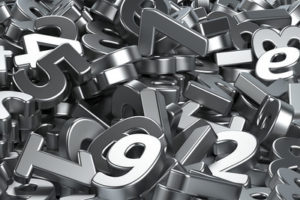 One of the most fundamental aspects of betting is understanding the odds and for total newcomers to the world of betting, odds can often sound like a confusing swirl of numbers and fractions that made your algebra class look straightforward.
One of the most fundamental aspects of betting is understanding the odds and for total newcomers to the world of betting, odds can often sound like a confusing swirl of numbers and fractions that made your algebra class look straightforward.
However, in truth, odds are actually quite simple to understand, and once you’ve grasped the basics you’ll soon be able to place your bets, fully aware of what you’re risking and what return to expect should you win.
What Are Betting Odds?
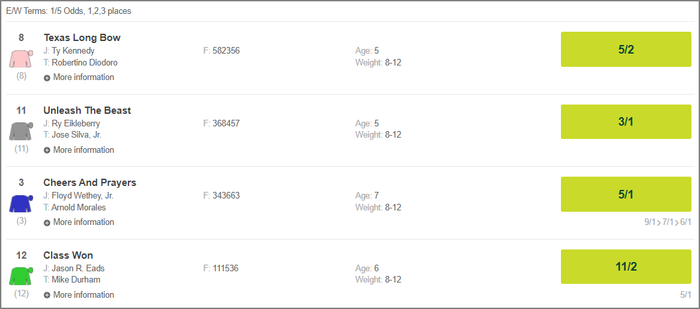
Odds, which are sometimes referred to as prices, are the mechanism by which bookmakers denote the returns you will get from betting on a given outcome. It’s easy to see why they are called prices, because much like the price of fish explains the monetary exchange involved when you get 500g of cod, so do the odds in betting. Whenever you place a bet the odds tell you that if you place a bet with a stake of £X you will receive £Y back if your bet wins (back to algebra again!) with the exact figures depending on the odds.
Taking a very simple example, we can consider odds of 10/1, which is spoken as 10 to one and may also be written as 10-1, or even 11.0, or perhaps even +1000 (see below for more on fractional, decimal and American odds). If you back a horse at odds of 10/1, for every £1 you bet, you make a profit of £10 if the bet wins. So, bet £10 and you make a profit of £100, with the bookmaker giving you £110 (your profit plus your original stake/bet) if your bet comes in.
| Fractional Odds | Decimal Odds | American Odds | £10 Stake Returns |
|---|---|---|---|
| 10/1 | 11.00 | +1000 | £110.00 |
Do Odds Relate to Probability?
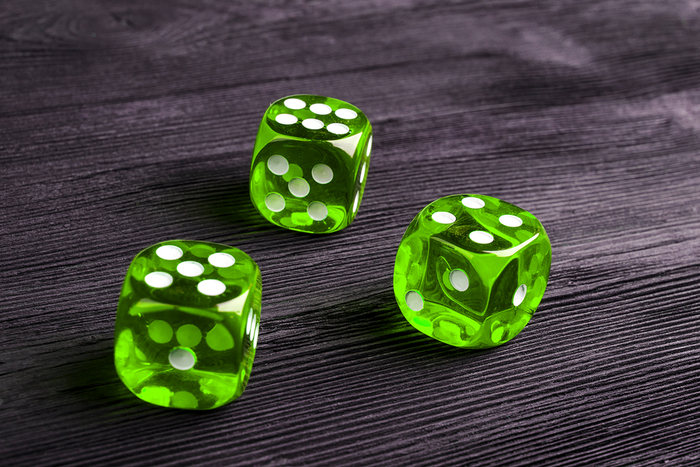
Odds and probability are closely, perhaps even directly linked, but they are not the same. The odds describe what the bookmaker will pay you if your bet wins, so theoretically they should be the same as the probability (just expressed differently), because the bookie won’t want to pay high odds on an event that is very likely to happen, whilst conversely no punters would bet on a horse at low odds if it had very little chance of winning.
However, lots of other factors influence the odds, the most obvious being the bookies’ profit margin. For example, in cricket you can bet on the coin toss, which has a 50% chance of being won by either side. If the odds and probability were the same, you would expect odds of 1/1 (more commonly known as evens) but because the bookie would make no money on that, odds of 5/6 or 10/11 are more likely.
In that instance the odds and probability differ but they are directly linked, with only the bookie’s profit margin, sometimes called the overround, creating the difference. However, that is not always the case and sometimes bookies shape their odds according to what bets they have already accepted in order to try and create a balanced book, where no matter which outcome happens, they still make a profit.
A good example that shows how this works is the truth that England are usually much lower odds than they “should” be to win the World Cup, at least with UK bookies. Lots of English punters back England and effectively this forces the odds to shorten, meaning they are no longer as closely related to the true probability as you would expect, even allowing for the overround.
Any odds can be used to calculate an “implied probability” – that is to say, the probability that SHOULD be assumed, if other complicating factors such as the bookmaker’s profit and market influences were removed. To do this, simply divide one by the decimal odds (see below for more on decimal odds).
| Fractional Odds | Decimal Odds | Implied Probability |
|---|---|---|
| 1/100 | 1.01 | 99% |
| 1/50 | 1.02 | 98% |
| 1/25 | 1.04 | 96.2 |
| 1/10 | 1.10 | 90.9 |
| 1/5 | 1.20 | 83.3 |
| Evens | 2.00 | 50% |
| 5/1 | 6.00 | 16.7% |
| 10/1 | 11.00 | 9.1% |
| 25/1 | 26.00 | 3.8% |
| 50/1 | 51.00 | 2% |
| 100/1 | 101.00 | 1% |
So, as we know, an evens (1/1) bet should have a 50% chance of success and this can be seen because evens is written as 2.00 in decimal form and 1 divided by 2 is ½, i.e. 0.5, which is 50%. Similarly a 9/1 bet on a first goalscorer is 10.0 in decimal, so has an implied probability of 0.1, i.e. 10%.
Fractional Odds, Decimal Odds and American Odds
There are three main methods of giving odds that you’ll come across online, and most bookmakers give you the option to choose how you want the odds displayed. Regardless of what method you use the actual odds (return v stake) is identical, but some people find one method easier to understand than the others.
Fractional Odds
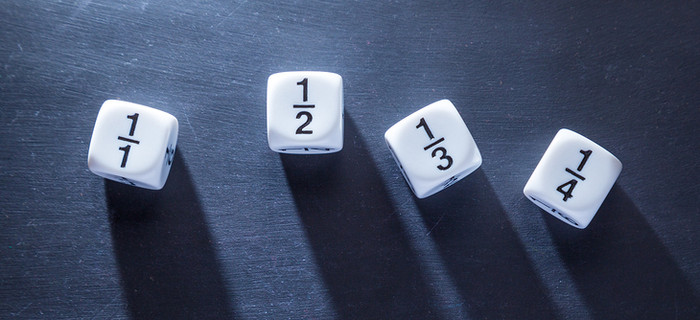
Fractional odds are the original odds format and remain popular with most UK bookmakers and almost all punters in the UK, apart from perhaps the youngest generation of bettors. Odds are expressed as fractions, for example 10/1, 66/1, 6/4 or 8/13. The number on the right indicates the amount you bet, with the number on the left indicating the potential profit, and of course in each such bet your stake is also returned.
- If you bet £10 at 8/13 your profit is 8 divided by 13 multiplied by your £10 stake = £6.15
- If you bet £10 at 6/4 your profit is 6 divided by 4 times £10 = £15
- £10 at 66/1 = 66 divided by 1 times £10, meaning a handsome £660 profit!
Your original stake is then added to the profit to give you the total return handed to you by the bookie. So if you bet £10 at 6/4 and made a profit of £15, you would actually receive £25 back from your bet.
Decimal Odds
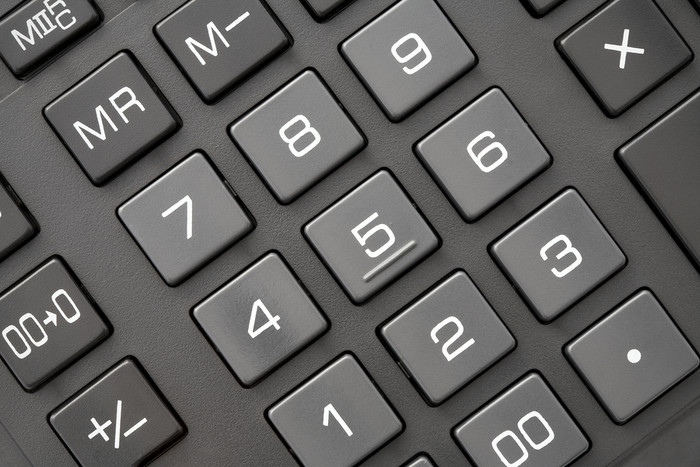
Decimal odds are popular in Europe, Australia and, partly due to the growth of betting exchanges, they are becoming increasingly common in the UK, especially with younger gamblers. Decimal odds describe what your total return from a bet of one unit would be and whilst fractional odds only include the profit, decimal odds include the return of both profit and your original stake.
- If you bet £10 at odds of 1.5 your potential return is £15
- If you bet £10 at odds of 3.6 your potential return is £36
Because decimal odds also include your original stake, you will never see odds lower than 1.0 as this would mean the total returns from your winning bet would be less than your original wager.
American Odds
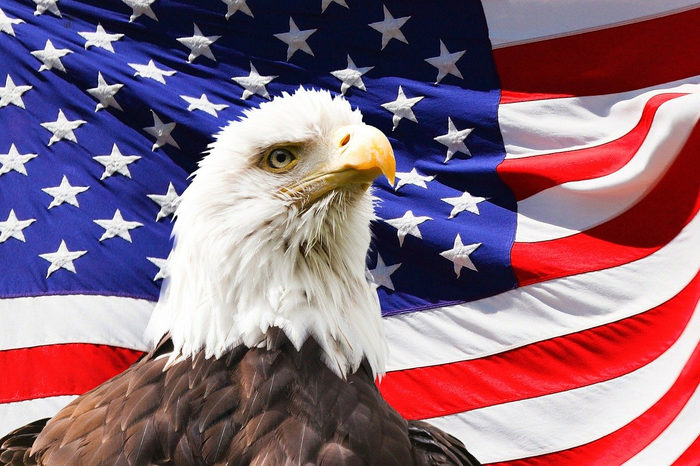
No prizes for guessing where American odds are used. These are not something many punters will see, use, or need, unless they are from North America. For underdogs, where the odds are longer than evens (which is 1/1 in fractional or 2.00 in decimal), American odds show the profit you would make from a $100 bet, so +200 means a $100 wager returns $300 – $200 profit plus your stake.
For favourites with odds shorter than evens the odds are written as a minus number and show how much you would need to wager in order to make a profit of $100. As such, -200 means a $200 would return $300 for a $100 profit.
- If you bet £10 at odds of +200 you would stand to make a profit of £20
- If you bet £10 at odds of -200 you would stand to make a profit of £5
Odds Compared
- Fractional 1/10 is decimal 1.10 is -1000 in American odds
- Fractional 1/1 (evens) is decimal 2.00 is +100 in American odds
- Fractional 2/1 is decimal 3.00 is +200 in American odds
- Fractional 17/2 is decimal 9.50 is +850 in American odds
What is Odds-On or Odds Against?

You may often hear the term or phrase “odds-on” and, less commonly, odds against. Odds-on simply refers to odds that are shorter (that is to say, lower) than evens, with odds against referring to wagers placed at odds higher than evens. Evens, or even money, is 1/1 in fractional odds and so any odds-on bet, in very simple terms, means the number on the left is smaller than the number on the right. So 20/21 is an example of odds-on, where a bet of £21 would yield a profit of £20 (and a total return of £41).
Odds-on bets in fractional format can be written either as 20/21, or, perhaps confusingly, can be written, or spoken, as “21/20 on”. So “4 to 1 on” is not 4/1 but 1/4, indicating a strong favourite with an implied probability of victory of 80%.
Odds-on bets are simpler in the other two odds formats, with any decimal odds of lower than 2.00 being odds-on, whilst in America any odds that begin with a minus, for example -110, are odds-on.
